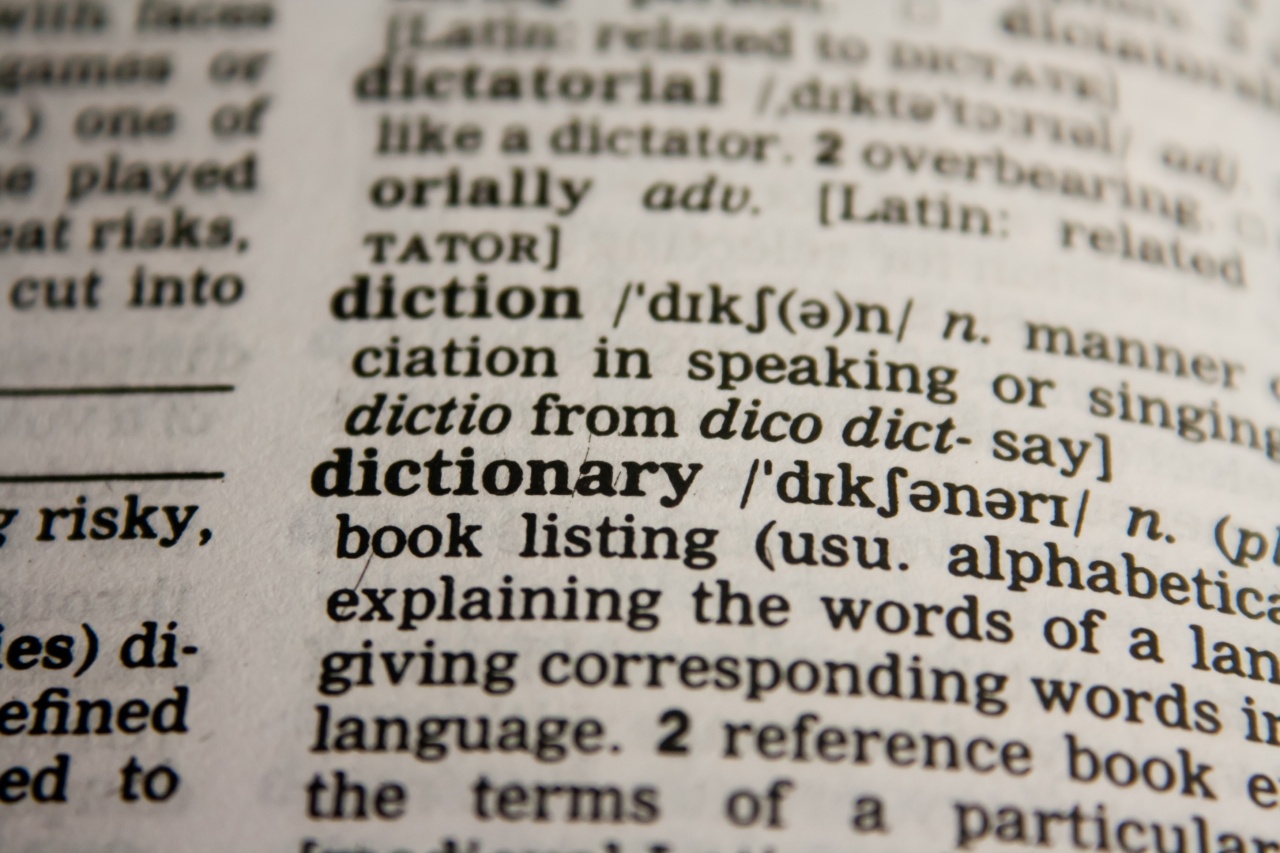Dyslexia is a learning disorder that affects a person’s ability to read, write, and spell. It is a neurological condition that affects the way the brain processes language.
Dyslexia is not related to intelligence or vision problems but is a specific difficulty in reading and processing written language. It is important to provide support and effective strategies for individuals with dyslexia, especially when learning the English language.
The Challenges of Dyslexia in English Reading
English is a complex language with irregular spelling patterns and inconsistent phonetic rules. This poses additional challenges for individuals with dyslexia, as reading and decoding words become more difficult.
Dyslexic individuals may struggle with recognizing and blending sounds together, which is essential for reading fluency.
Moreover, dyslexia can impact reading comprehension, making it difficult for individuals to understand the meaning behind the text and extract information effectively.
This can hinder their overall academic performance and confidence in English literacy.
Chromatic Reading Strategies for Dyslexia
Chromatic reading strategies involve the use of colored overlays, tinted lenses, or specialized digital tools to enhance reading accuracy and efficiency.
These strategies can help individuals with dyslexia overcome visual distortions and improve their reading experience. Here are some effective chromatic reading strategies for dyslexia in the context of learning English:.
1. Colored Overlays
Colored overlays are transparent colored sheets placed over the text to reduce visual stress and improve reading fluency. Different colors work for different individuals, so it is important to experiment and find the most effective color.
The colored overlay should be placed directly on the page, allowing the text to become clearer and more comfortable to read.
2. Tinted Lenses
Similar to colored overlays, tinted lenses are available as glasses or clip-ons. These lenses provide the benefit of colored overlays while allowing individuals to have a hands-free reading experience.
Tinted lenses can help reduce visual stress, improve contrast, and enhance visual perception for dyslexic individuals.
3. Background Color Manipulation
Manipulating the background color of digital screens or word processing software can significantly improve reading for individuals with dyslexia.
Experimenting with different background colors, such as light yellow or pale green, can reduce visual distortions and increase reading comfort. Many text-to-speech software and apps also provide customizable background colors to cater to individual preferences.
4. Text Highlighting
Using digital tools that allow for text highlighting can aid dyslexic individuals in focusing on specific words or phrases while reading.
Highlighting relevant sections or breaking down information into manageable chunks can enhance reading comprehension. This strategy helps dyslexic individuals navigate through the text more efficiently.
5. Dyslexia-Friendly Fonts
Choosing dyslexia-friendly fonts, such as OpenDyslexic or Lexie Readable, can make a significant difference in reading accuracy and speed. These fonts are specifically designed to minimize reading errors caused by letter and word confusion.
Dyslexia-friendly fonts have distinct letter shapes, increased letter spacing, and heavier bottom parts to enhance readability.
6. Multisensory Learning
Incorporating multiple senses into the learning process can strengthen connections and aid memory recall for dyslexic individuals. Using visual aids, manipulatives, and auditory learning can reinforce reading skills.
For learning English, combining written text with images, videos, or audio clips can facilitate language comprehension and retention.
7. Phonics Instruction
Phonics instruction is an essential component of reading development. Teaching dyslexic individuals the relationship between letters and sounds helps them decode words more effectively.
Utilizing multisensory phonics programs, such as the Orton-Gillingham approach, can empower dyslexic learners to strengthen their phonetic knowledge and reading fluency in English.
8. Breaking Words into Syllables
Breaking words into syllables helps dyslexic individuals approach unfamiliar words systematically. By dividing words into smaller units, it becomes easier to identify and blend sounds. This strategy enhances word recognition and reading accuracy.
Engaging dyslexic learners in syllable-based activities and exercises promotes their decoding skills.
9. Contextual Clues
Focus on teaching dyslexic individuals how to use contextual clues, such as surrounding words, pictures, or prior knowledge, to understand unfamiliar words or phrases.
This strategy strengthens reading comprehension and reduces the reliance on decoding every word. Encourage learners to make predictions based on the context and confirm their understanding through meaningful discussions.
10. Reading Aloud
Reading aloud is an effective strategy to enhance both reading fluency and comprehension. Dyslexic individuals can benefit from reading English texts aloud, as it helps them hear and experience the language.
Reading aloud promotes phonemic awareness, improves decoding skills, and fosters a deeper understanding of the English language.




























